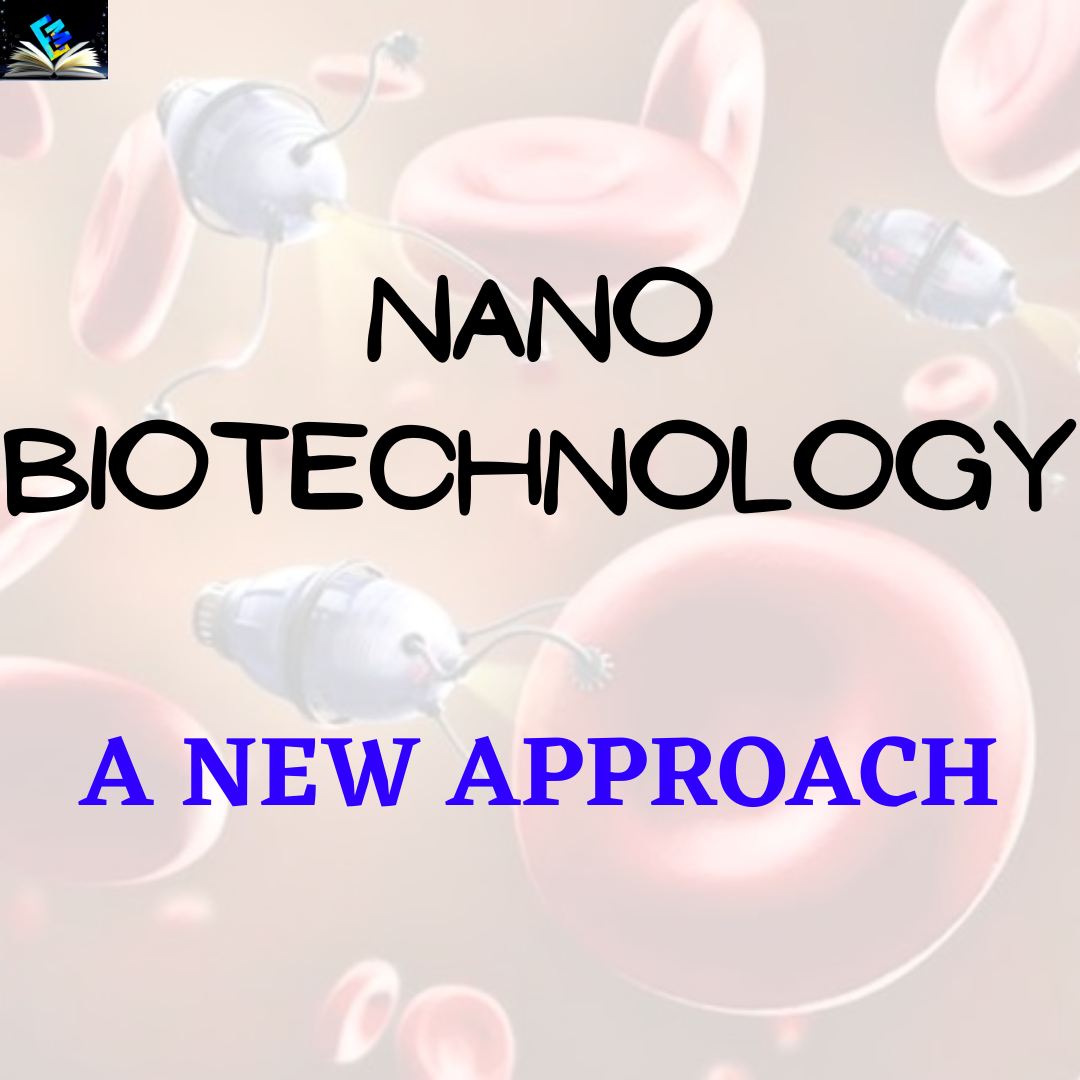
Nano Biotechnology – NanoParticles : An Overview | A new Approach
AUTHOR : NEHA SHARMA
Nanobiotechnology is a multidisciplinary field of study that includes biology, medicine and molecular engineering. 1 billion of metre or 10⁻⁹ is denoted by the term “nano”. Professor Norio Taniguichi of Tokyo science university created the term “ Nanotechnology “ in 1974 to characterizes the precision fabrication of materials at nanoscale. Professor Richard P. Feynman, a physicist, introduced the concept of nanotechnology in his speech There is Plenty of Room at the Bottom in 1959.
Properties of Nanoparticles
- Nanoparticles are extremely small materials that range in size from 1 to 100 nm.They can be divided into many categories based on their features, forms and sizes.
- Because of their large surface area and nanoscale size . NPs have unique physical and chemical characteristics like their optical qualities are affected by their size which results in variable colours due to absorption in the visible area.
- Catalysis , Imaging , medical applications , energy-based research and environmental application are among the commercial and domestic applications for which nanoparticles are potential candidates.
- Lead, mercury and other heavy metals nanoparticles are known to be so stiff and persistent and decomposition is difficult resulting in a variety of environmental toxicities.
Routes of Synthesis of Nanopaticles
There are different ways of synthesizing Nanoparticles out of which we discussed biosynthesis of Nanoparticles and why it is preferred.
Biosynthesis of nanoparticles
Because of quick synthesis , superior control over size and form properties, less toxicity , cost-effectiveness and eco-friendly approach , biological production of nanoparticles is chosen over physical and chemical methods.
Nanoparticles synthesis by Bacteria: The most emphasis has been paid to bacteria ability to synthesise nanoparticles. Silver nanoparticles were made with the help of E.coli with an average size of 50 nm. Furthermore, the biosynthesis of nanoparticles can be affected by changing the parameters such as temperature, pH, AgNO3 concentration .
Nanoparticles synthesis by Yeast : Silver nanoparticles with sizes ranging from 2 to 5 nm were synthesized using the Silver tolerant MKY3. Seshadri et al reported on the biosynthesis of lead sulphide nanoparticles by the lead resistant marine yeast Rhodosporidium diobovatum. Candida glabrata and Schizosaccharomyces pombe were used to synthesize Cadmium nanoparticles.
Nanoparticles synthesis by plants: Because of the single step biosynthesis process, lack of toxicants and presence of natural capping agents , green nanoparticles synthesis by plants is gaining popularity. Singh et al , 2013 reported a cost effective and environmentally friendly method for green synthesis of AuNPs using a chickpea leaf extract that acts as a reducing and capping agent.
Nanoparticles synthesis by fungi : Fungi are eukaryotic organisms that live in a variety of ordinary environments and usually form decomposer organisms. Only roughly 70,000 species of fungi have been identified out of an estimated 1.5 million species on the planet. It’s worth noting that these organisms have the ability to digest extracellular food and release specific enzymes to hydrolyze complex components into simpler molecules that may be absorbed and used as an energy source. The importance of investigating the role of fungi in Nanobiotechnology is emphasised.
Because of their toleration and metal bioaccumulation abilities , fungi have gotten increased attention in studies on biological synthesis of metallic nanoparticles. Fungi are excellent secretors of extracellular enzymes, large scale synthesis of enzymes enzymes is possible. To produce metallic nanoparticles researchers used a green technique mediated by fungi. Furthermore , because a number of species grow quickly , cultivating and preserving them in the laboratory is difficult. Most fungi have high wall binding and intracellular metal absorption abilities. Fungi can create metal nanoparticles/meso and nanostructures by using a reducing enzyme either intracellularly or extracellularly as well as biomimetic mineralization technique.
Stability of biogenic synthesized Nanoparticles
A colloid is a solution that contains particles with diameters ranging from 1 to 100 nanometres. They are uniformly dispersed throughout the fluid. Because the substance is scattered and does not not settle to the bottom of the container, it is also known as colloidal dispersion. Brownian motion, gravity and forces cause colloidal particles to collide. Collisions can cause particle coagulation and destabilisation of the colloid. When a colloidal particle is brought close enough to another particle, the vanderwall force attracts them together. The particles will combine if no counteracting action and the colloidal system will become unstable.
According to the types of the repulsion force two mechanism of colloidal stability take place :
- Electrostatic Stabilization of colloids
- Polymeric Stabilization of colloids
Depending on the application , preventing nanoparticle aggregation can be difficult. Charge or sterically stabilized nanoparticles are the two types of nanoparticles. The zeta potential is a measure of the particle stability for charge stabilized particles. Nanoparticles having zeta potentials greater than 20mV and less than -20mV often have enough electrostatic repulsion to stay stable in solution. It’s vital to remember, too, that surface bound molecules on silver nanoparticles are rapidly displaced and zeta potential is extremely sensitive to other molecules or pollutants in solution.
Physicochemical parameters that affect the Colloidal Stability
- Temperature is an important factor for nano-particles which change their interaction and hydrogen bonds due to increase in kinetic energy and cause molecules to vibrate so rapidly bonds are disrupted.
- The surface and volume ratio of nano-particles also affect which facilitates their improved fusion with the cell membranes of the bacteria.
However, the bactericidal features of these nano-particles is determined by their stability in their growth medium , which provides a longer retention time for bacterium nano-particle interaction.
Application of nano-particles
- Silver nano-particles used in antibacterial fabrics and Metal oxide nano-particles used in development of UV-proof fabrics in launary.
- Silver nano-particles and gold nano-particles are used as antibacterials and as therapeutic agents in the field of medicine.
- It is also used in the field of energy generation like quantum dots in solar cells .
- Palladium and platinum nano-particles used as a catalytic converter in automobiles
- Nano-particles are used in drug delivery
- It is also used for treatment of waste water in plants.
FOR MORE INFORMATION VISIT OUR SITE






